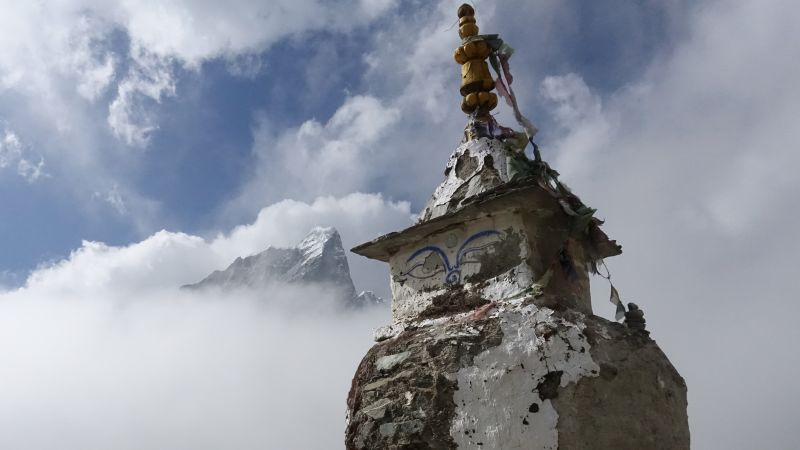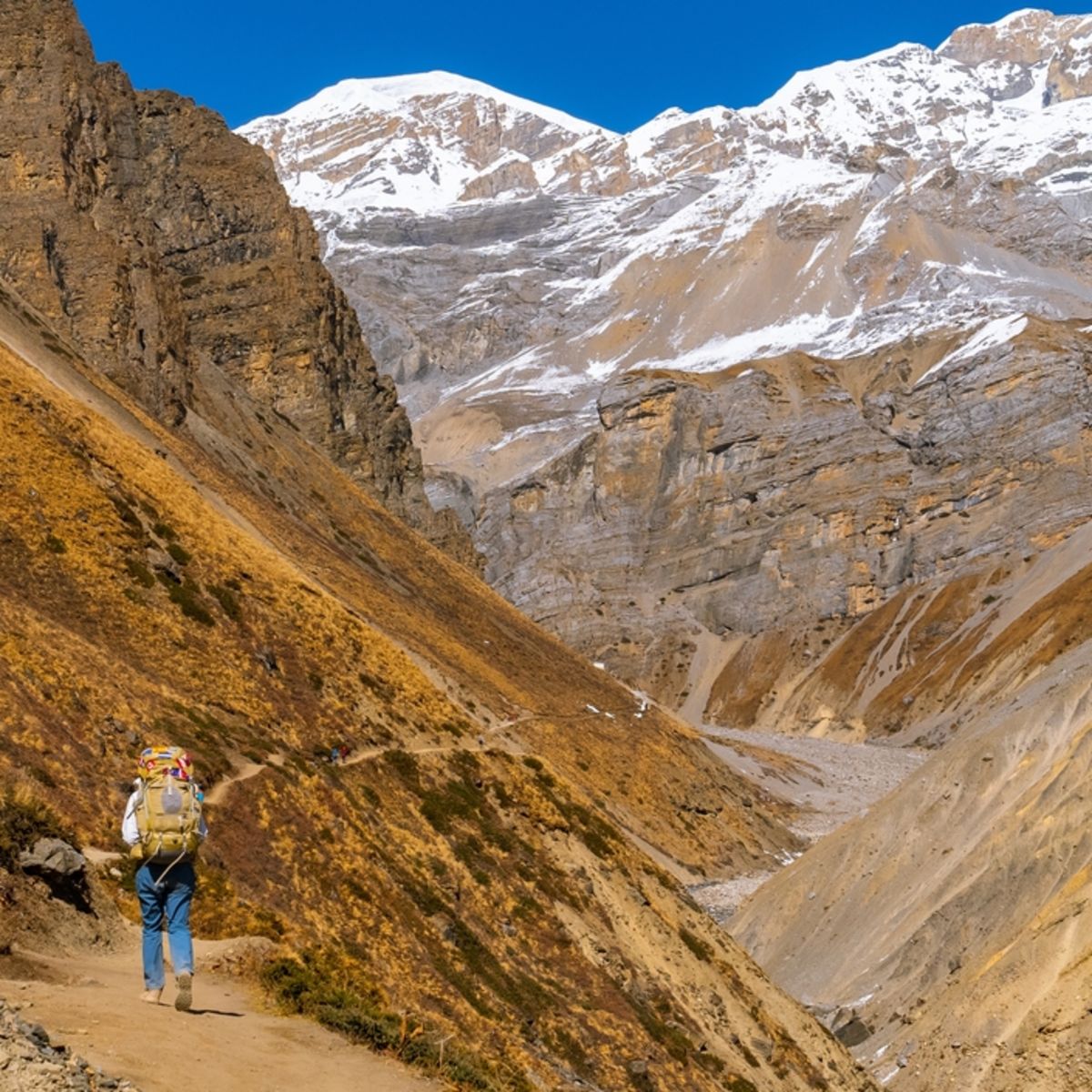
Annapurna Circuit vs Everest Base Camp
So you want to go trekking in Nepal. Wonderful! We want to go with you! But do you hike the Annapurna Circuit or to Everest Base Camp? Helping you answer that question is what this post is all about. We talk trek length, difficulty, weather, cost and more!
A note about route variations
There would be a youtube video here.
Sadly, the youtube player requires cookies to work.
Trip duration
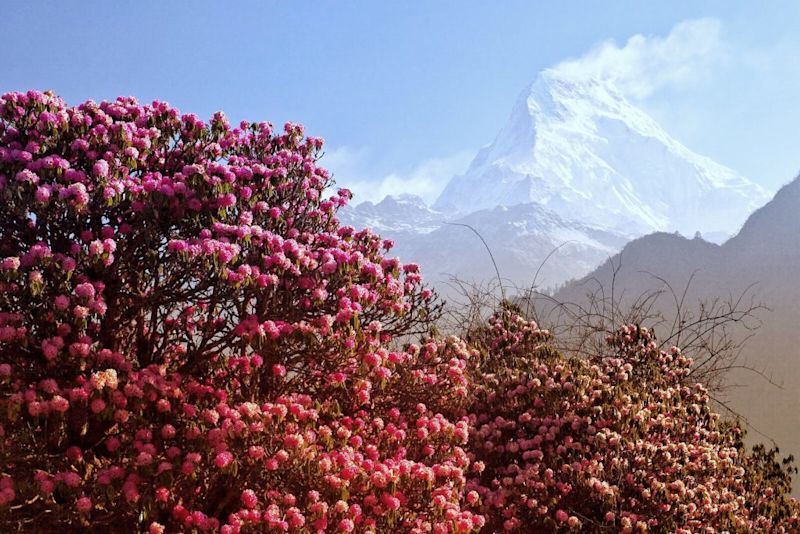
Which one is right for me?
How hard you want to push yourself physically What sort of sights you most want to see How much of Nepal you wish to explore When you want to travel How much you can afford to spend on the trip
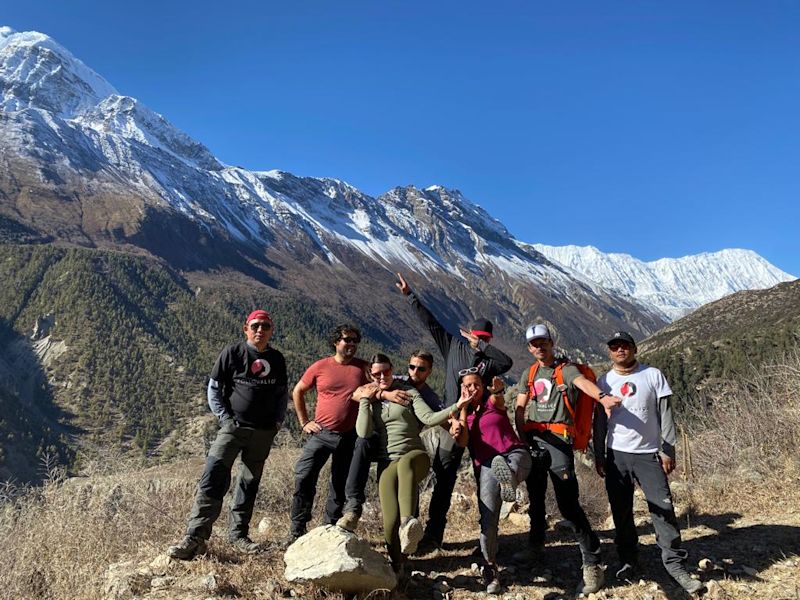
Accessibility
The starting point of the Annapurna Circuit trek takes longer to reach than that of the Everest Base Camp trek.
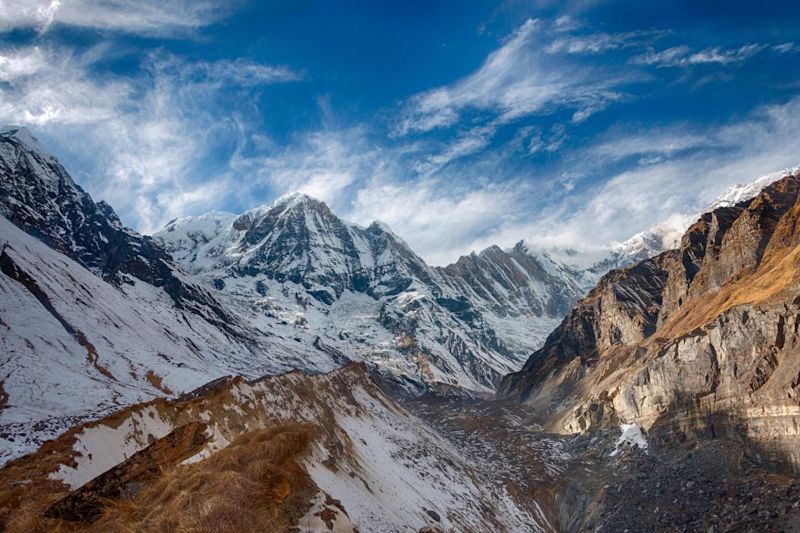
Getting to the start of the Everest Base Camp trek

Lukla
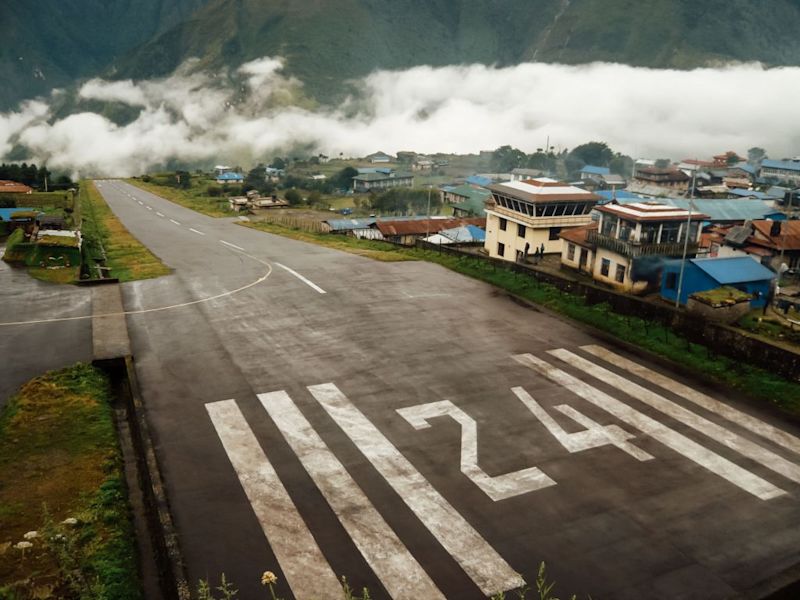
Getting to the Annapurna Circuit
With Follow Alice you begin trekking the Annapurna Circuit in Pisang, a small mountain village with incredible views!
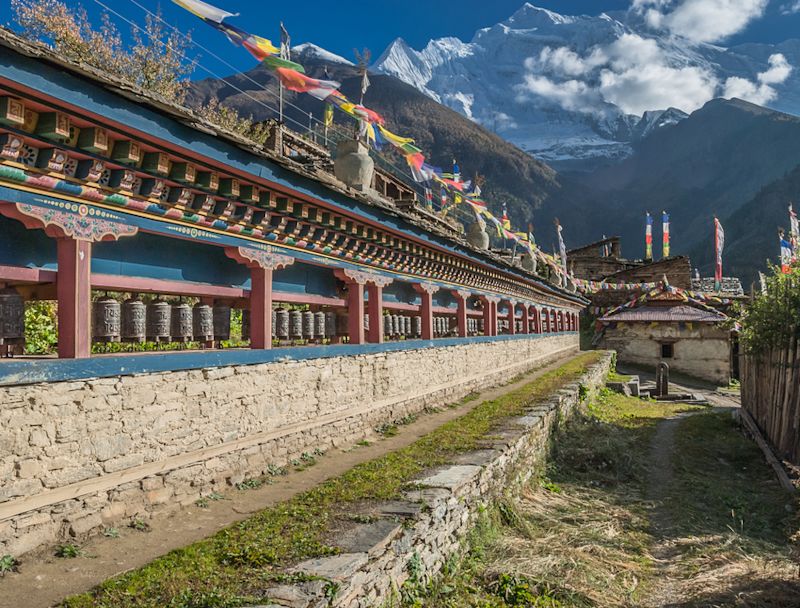
Getting back to Kathmandu
Communications
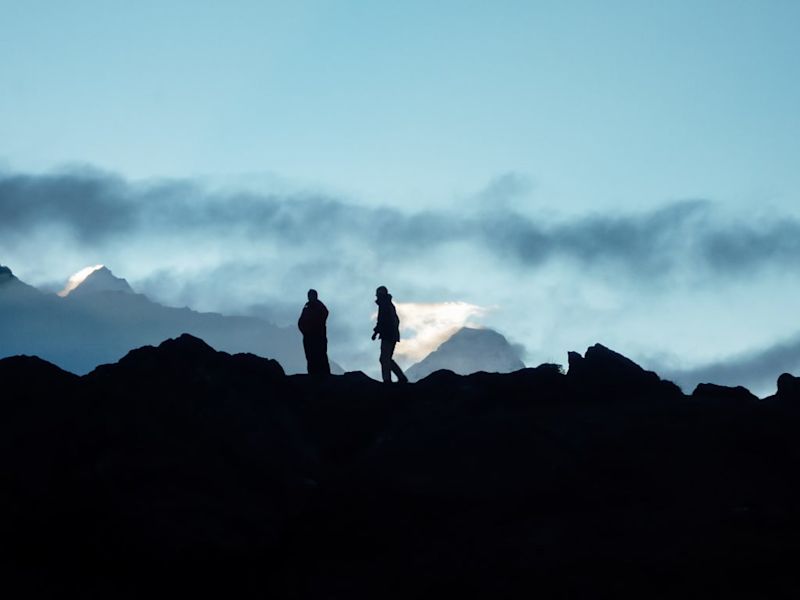
Trek difficulty
Number of trekking days
Everest Base Camp
Annapurna Circuit
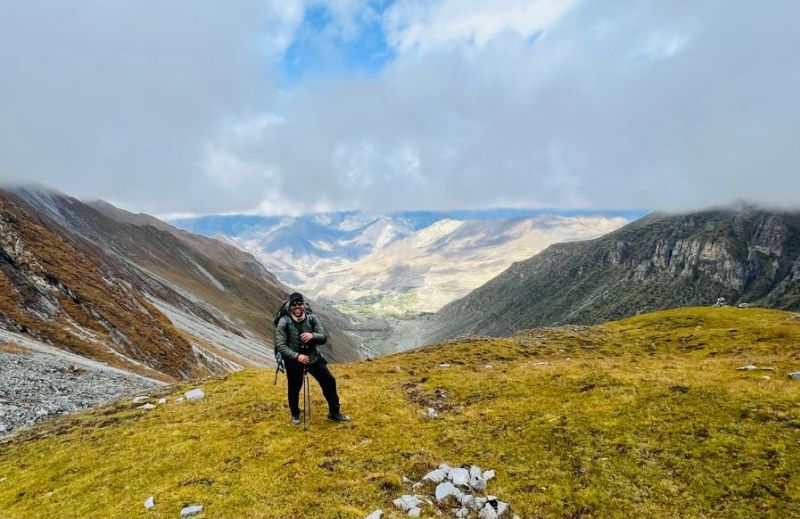
Summary: There are long and short itineraries for both EBC and AC
Distance trekked
Everest Base Camp
There would be a youtube video here.
Sadly, the youtube player requires cookies to work.
Annapurna Circuit
Our specific route involves trekking around 50 km (31 miles), not counting the day hikes on our two acclimatisation days.
There would be a youtube video here.
Sadly, the youtube player requires cookies to work.
Summary: There are long and short distances for both EBC and AC
Paths
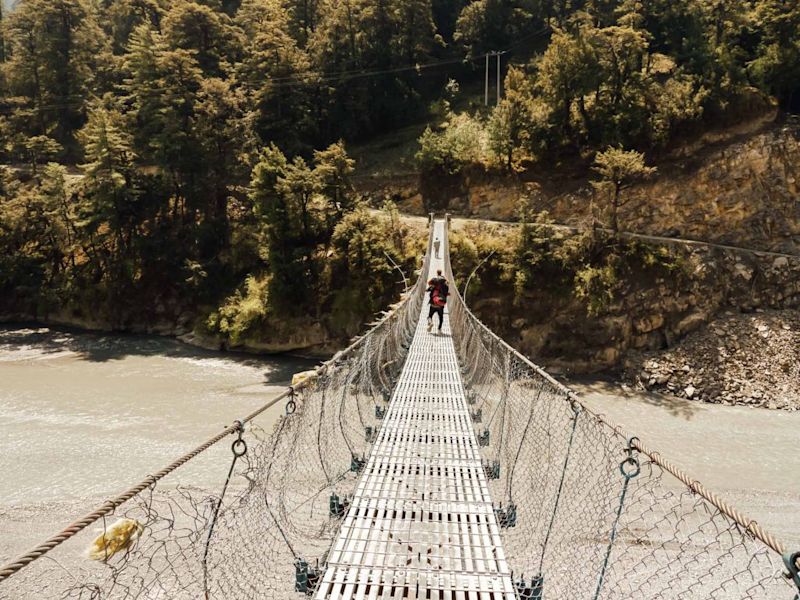
Elevation reached
Everest Base Camp elevation
Annapurna Circuit elevation
Summary: The EBC trek involves a bigger jump in elevation
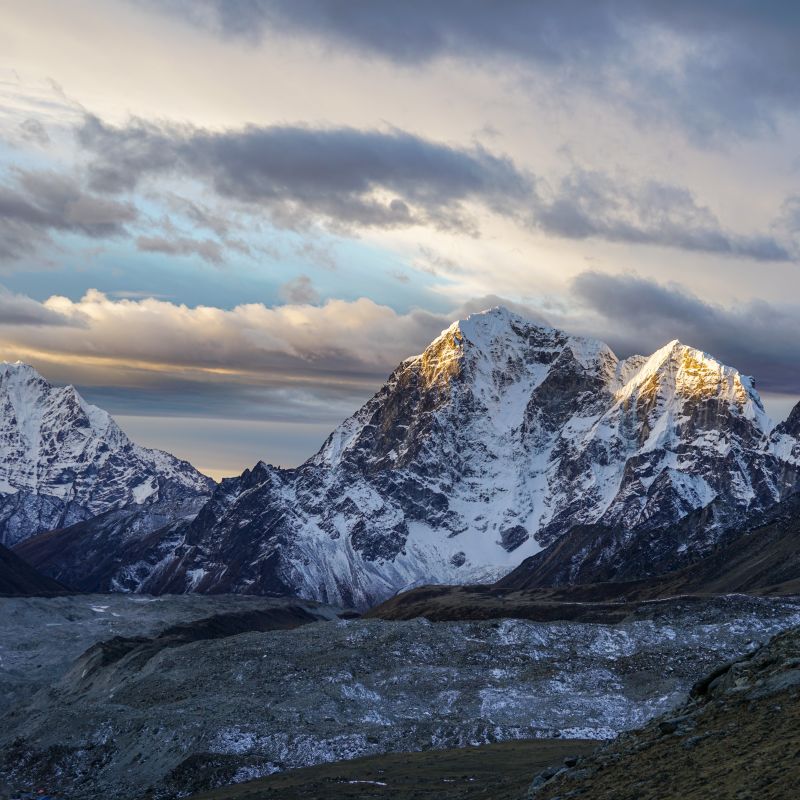
Time spent at altitude
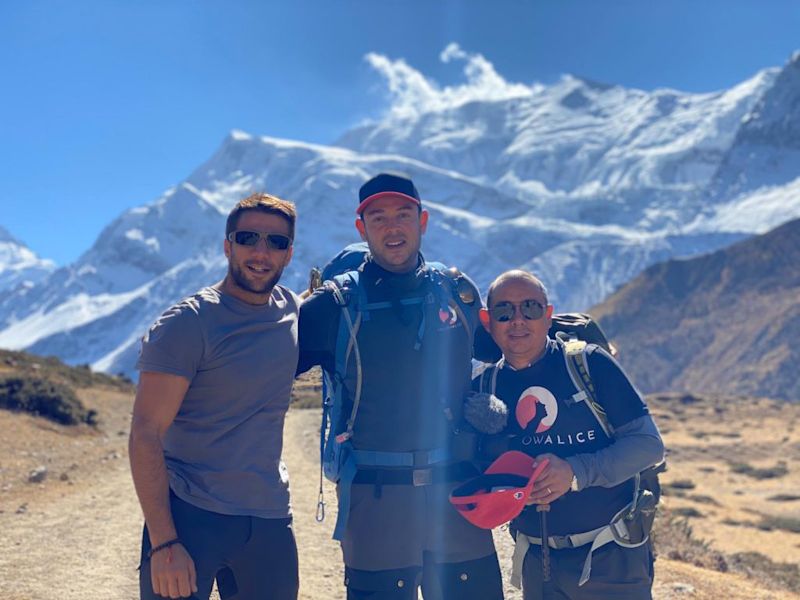
The risk of severe altitude sickness
If you’ve never trekked at altitude, the Annapurna Circuit is probably the smarter option.
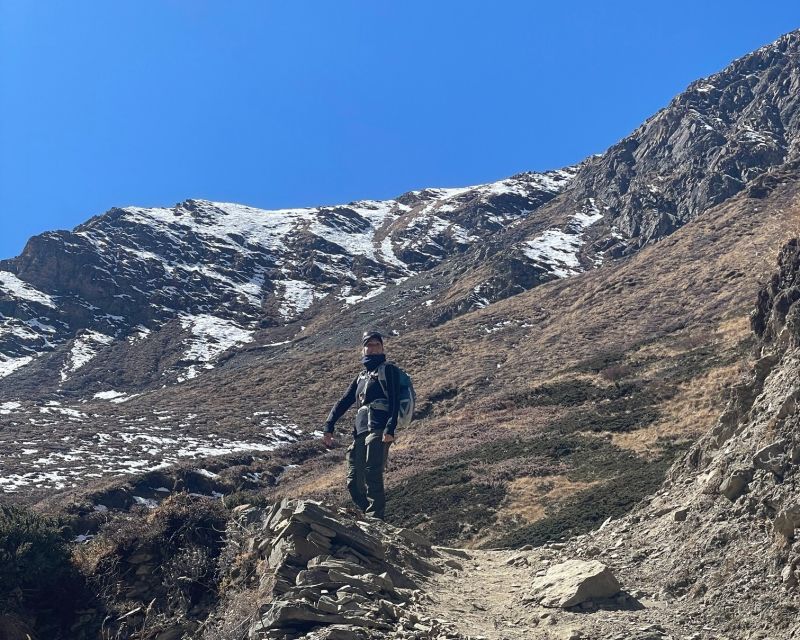
Weather
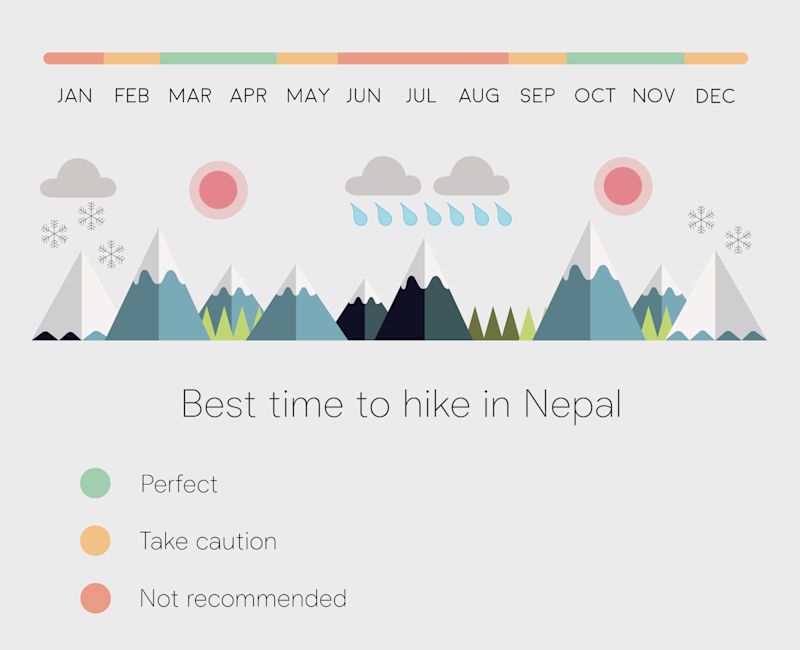
Summer monsoon
The two main weather systems that we as trekkers have to consider are the summer and winter monsoons.
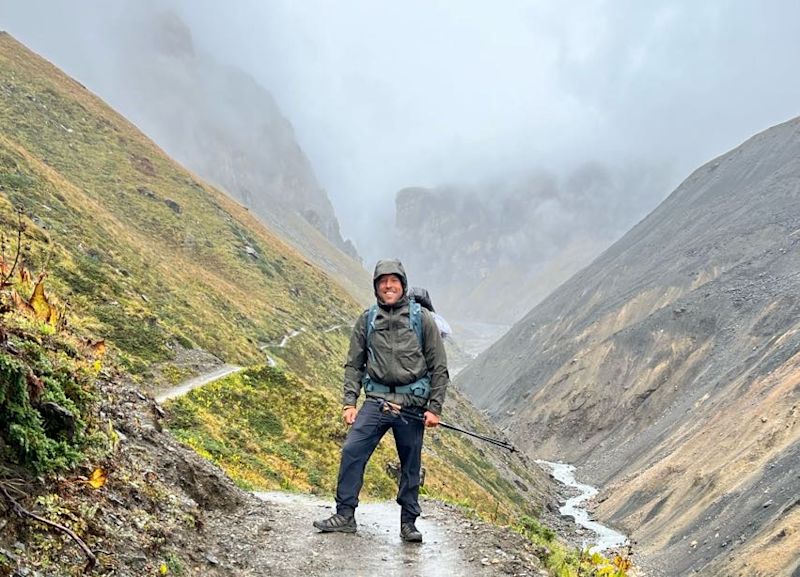
Winter monsoon
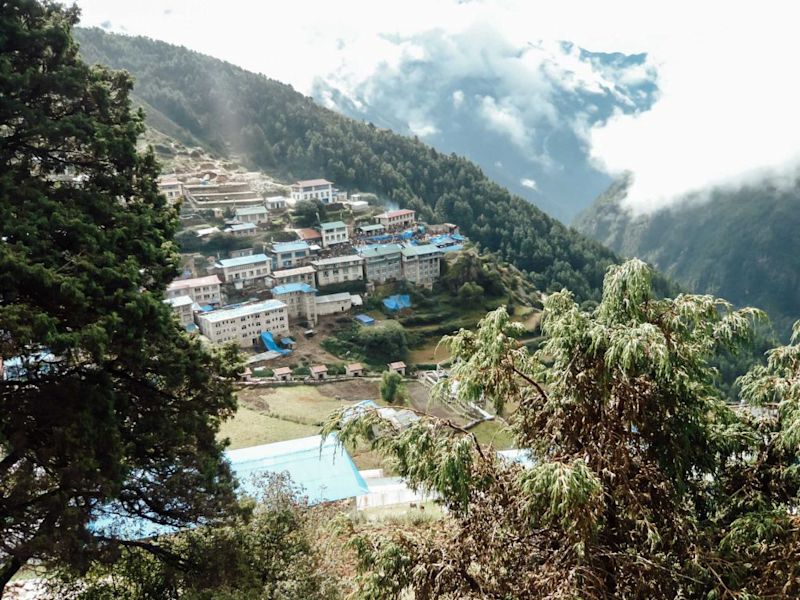
Peak seasons
Everest Base Camp trek peak seasons
Peak seasons for the EBC trek are late March to mid May (spring) and late September to November (autumn).
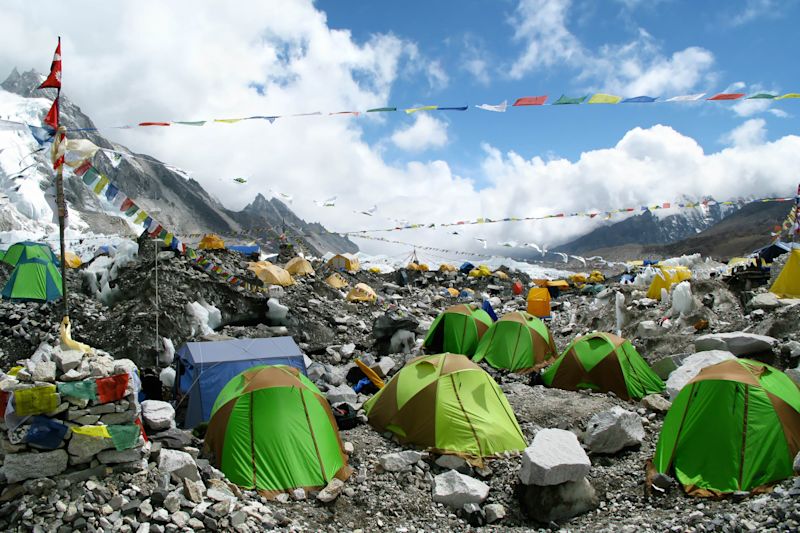
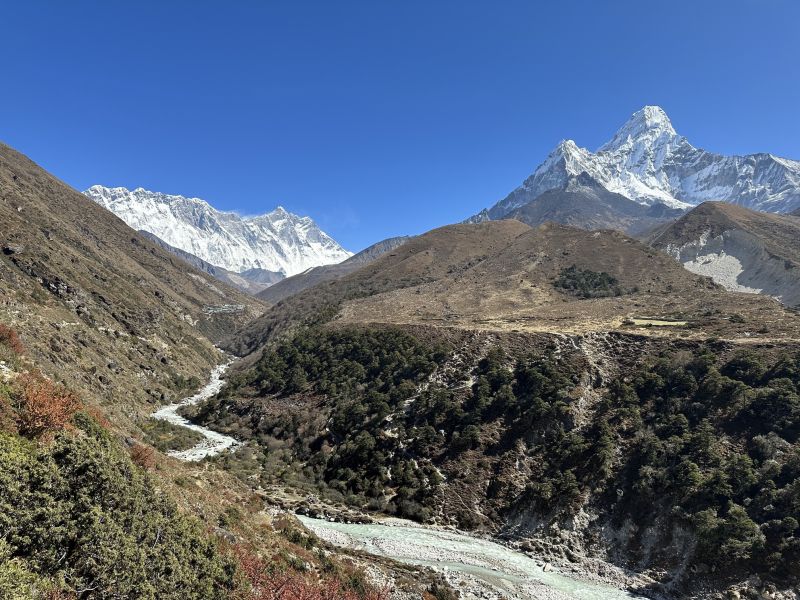
Annapurna Circuit peak seasons
Peak seasons for the Annapurna Circuit are April and May (spring) and October and November (autumn).
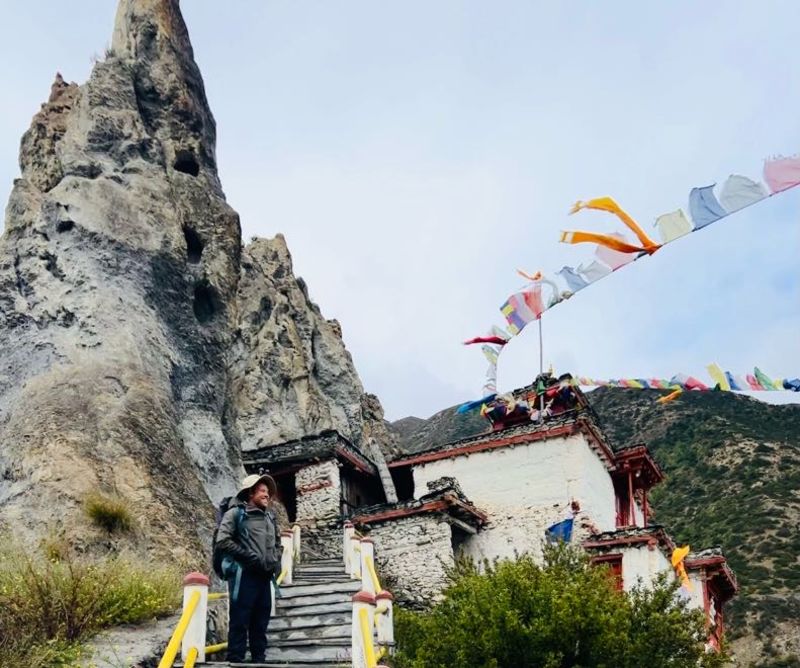
Crowds
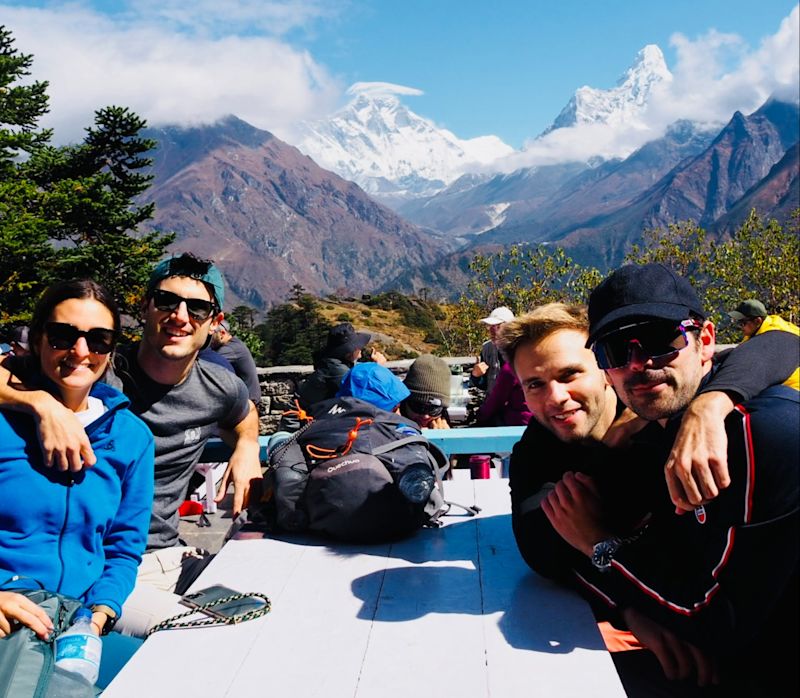
Everest Base Camp trekker numbers
According to Nepal Tourism, in 2016 over 45,000 foreigners visited Sagarmatha National Park.
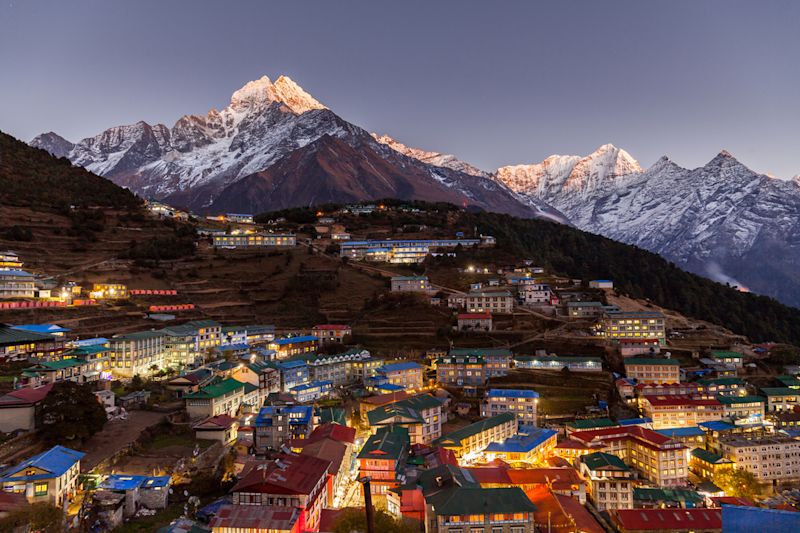
Annapurna Circuit trekker numbers
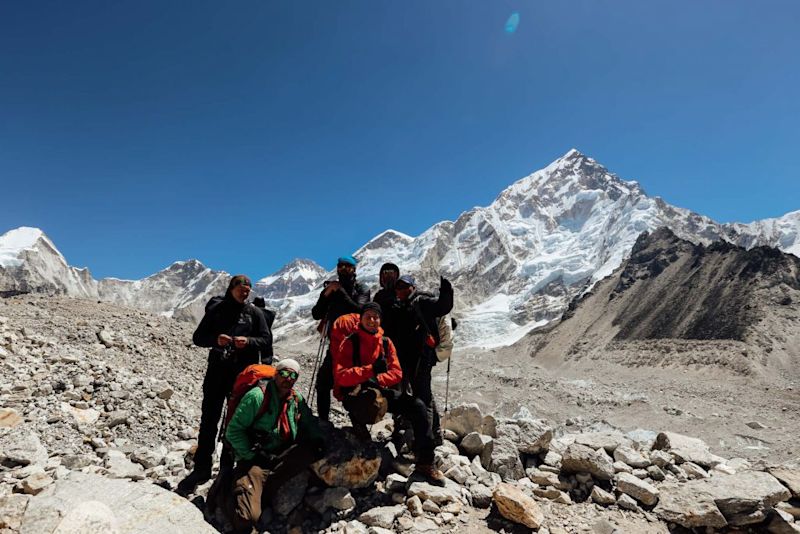
Trek dates
And yes, if you want to be He-Man or She-Ra, you could trek Annapurna and then trek EBC straight after!
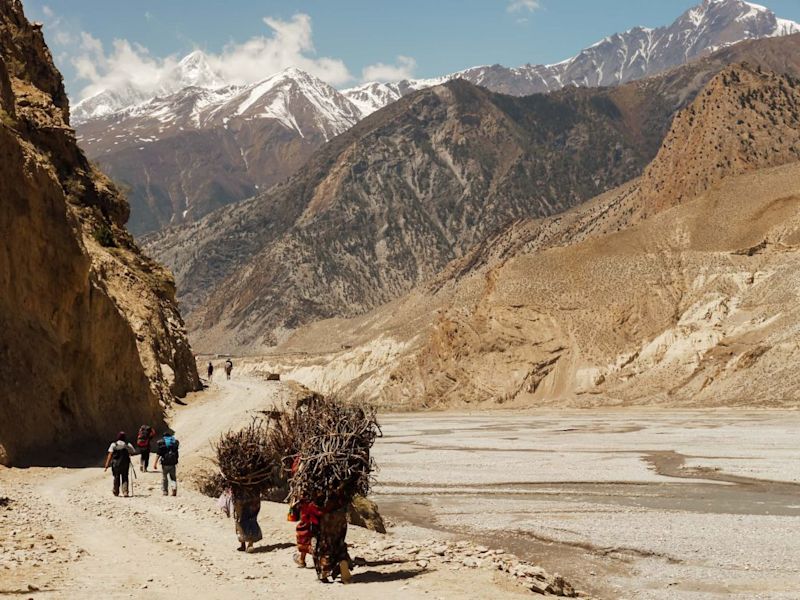
Costs
International flights
Follow Alice fee

The longer the trek, the more expensive it is, naturally. Also, a helicopter flight back from EBC adds substantially to the fee.
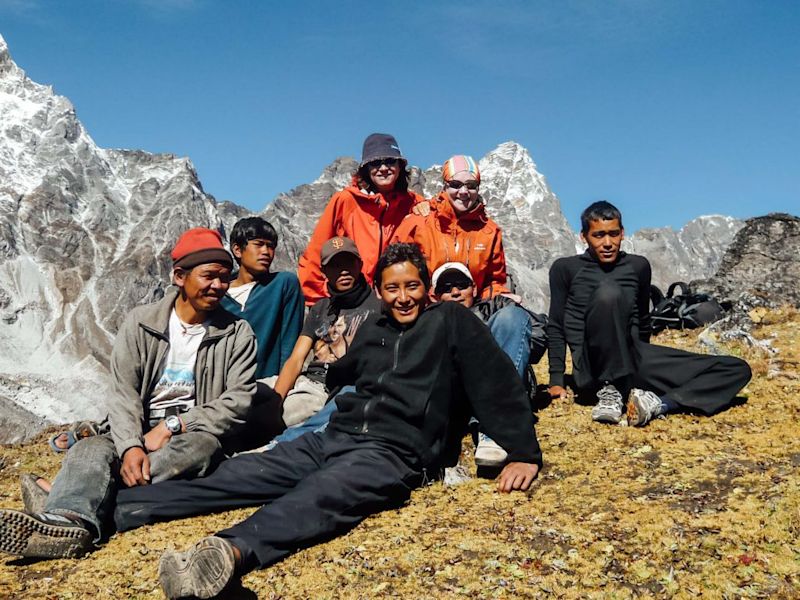
Equipment

Famous mountains
Mountains of the Everest Base Camp trek
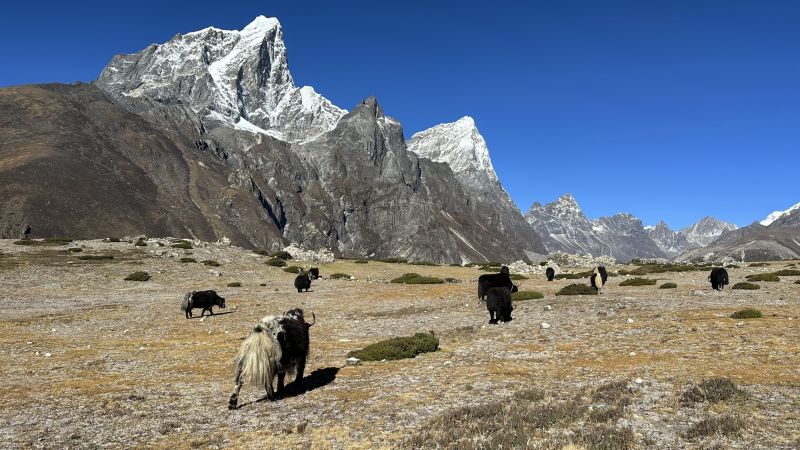
Other noteworthy peaks of the Everest Base Camp trek
Ama Dablam (6,812 m). This distinctly shaped mountain is a favourite with many Everest Base Camp trekkers because it keeps you company to the right for a few days along the trail. It’s steep faces are dramatic and its sharply jutting peak make it unique and memorable among the rest of the peaks. The ridges on each side of the main peak are said to resemble the arms of a mother protecting her child.
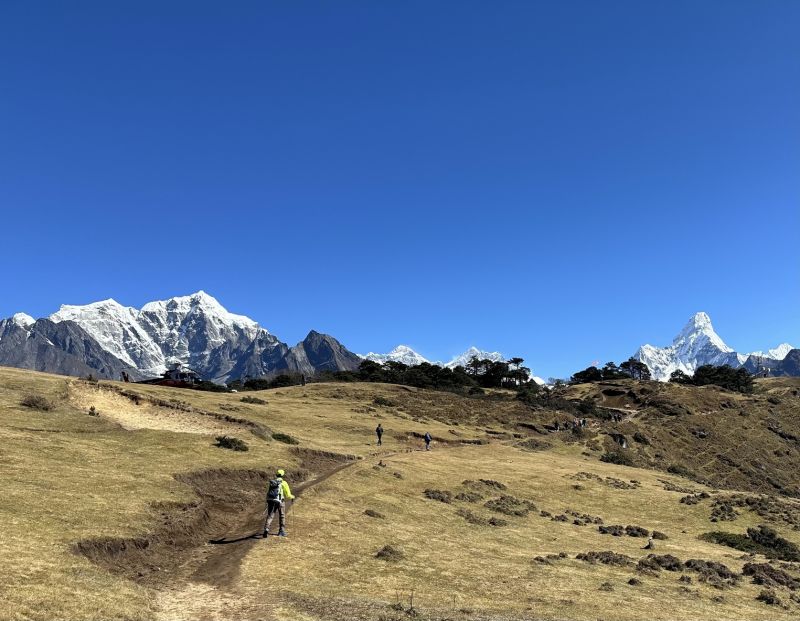
Cholatse (6,440 m) and Taboche (6,542 m). These two peaks are connected by a long ridge. The Chola glacier slides down the east face of Cholatse, while Taboche towers above Dingboche, where we spend a night on the outgoing trek. When we head back from Everest Base Camp we trek straight towards these two peaks. Nuptse (7,861 m). This is a stately mountain when viewed from the south that lies just 2 km west of Everest. Though a thousand metres shorter, it more than holds its own next to its illustrious neighbour. Cho La Pass (5,420 m). This pass is special because we actually cross it! The views down to the villages of Dzongla and Thagna are fantastic, not to forget the views out to numerous other peaks. Gokyo Ri (5,357 m). This peak sits adjacent to the Ngozumpa glacier, which is Nepal’s largest. We trek to its namesake town of Gokyo on our return route.
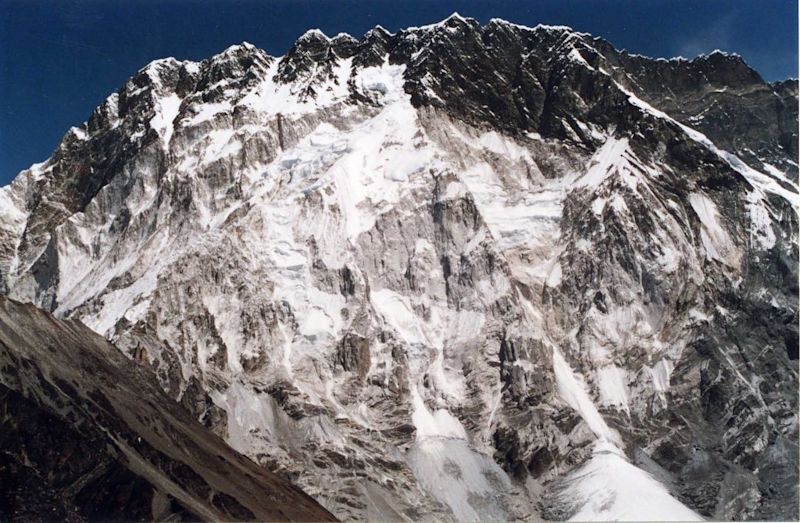
Mountains of the Annapurna Circuit
Eight of the 14 tallest mountains in the world are in Nepal!
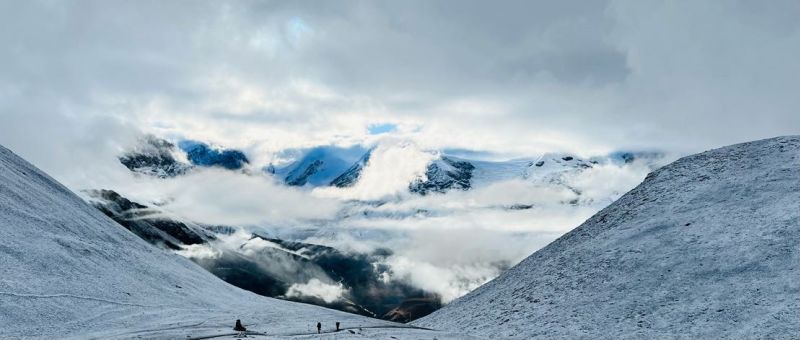
Noteworthy peaks of the Annapurna Circuit
Annapurna II (7,937 m). This is the world’s 16th highest peak. It’s also the easternmost peak of the Annapurna range, so the first one we see when we join the circuit. It’s a stunner. Khangsar Kang (7,485 m). This peak is adjacent to the ice lake of Kicho Tal. We hike to the lake while acclimatising for a couple of days in the town of Manang. When at the ice lake we’re surrounded by a glorious 360 degrees of snowy mountain peaks. Chulu (6,584 m). This is a popular summiting mountain. If you take binoculars on the trek (a good idea), you might like to look for little ant people ascending it. Machhapuchhre (6,993 m). This mountain is off limits to climbers to maintain its shape and health. We’re more than happy with this decision, as its sheer slopes are a thing of true beauty. Dhaulagiri (8,167 m). This mountain - the seventh highest in the world! - is to the west of the Annapurna Circuit. Its name means ‘dazzling, white, beautiful mountain’. We see it near the end of our trek when we descend into the Mustang District.
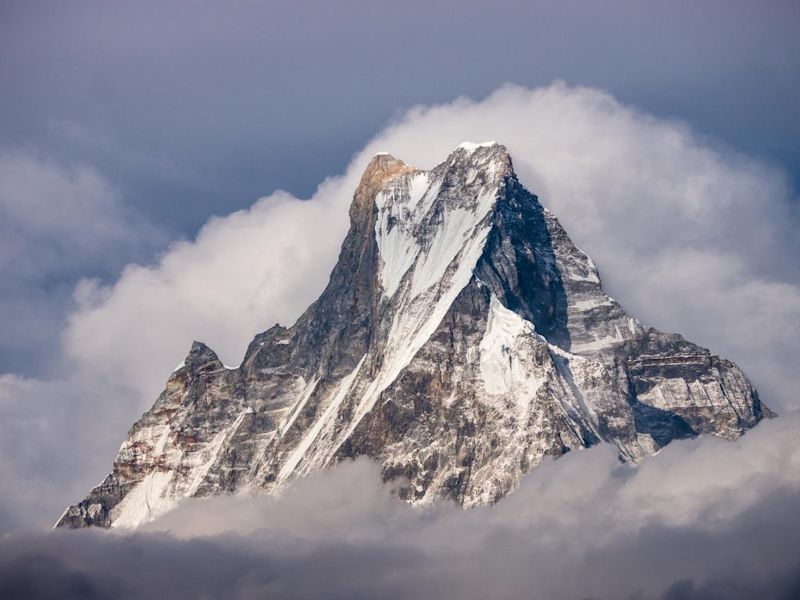
Culture and religion
The Sherpa of the Everest Base Camp trek

The Everest Base Camp trek exposes you to the culture of the Sherpas. The Annapurna Circuit exposes you to the cultures of various distinct people groups.
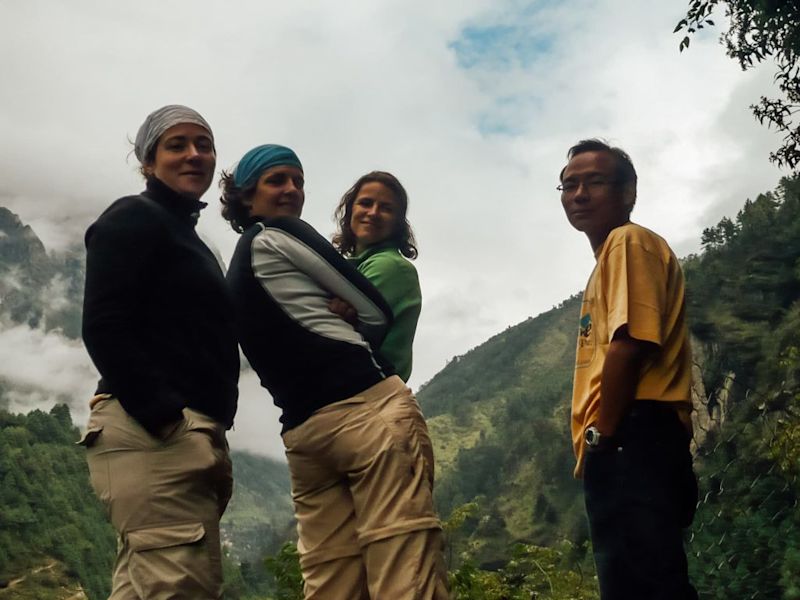
Different people groups of the Annapurna Circuit
Manang District
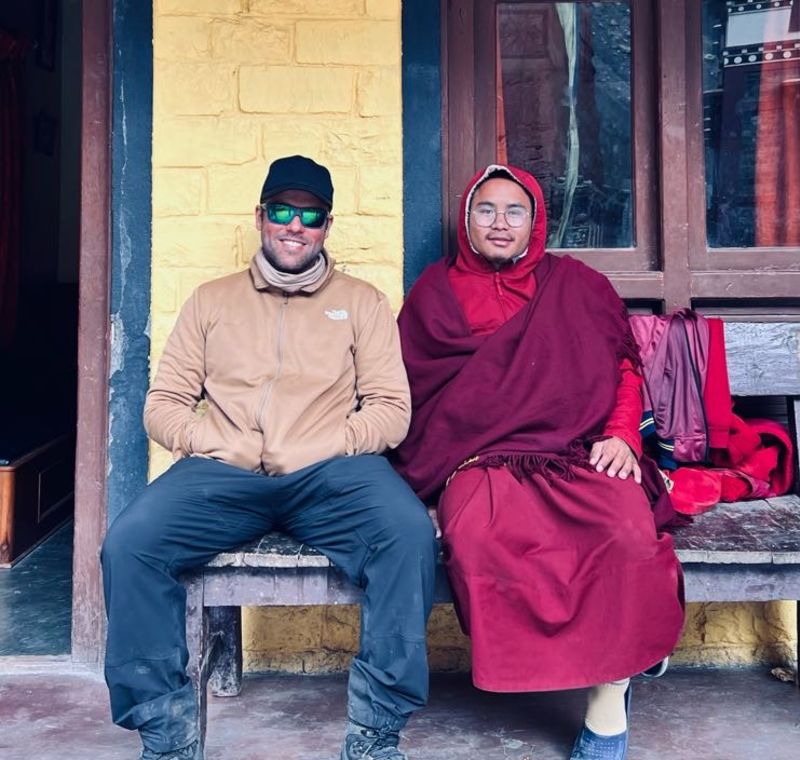
Hinduism is a prominent religion in the Annapurna region.
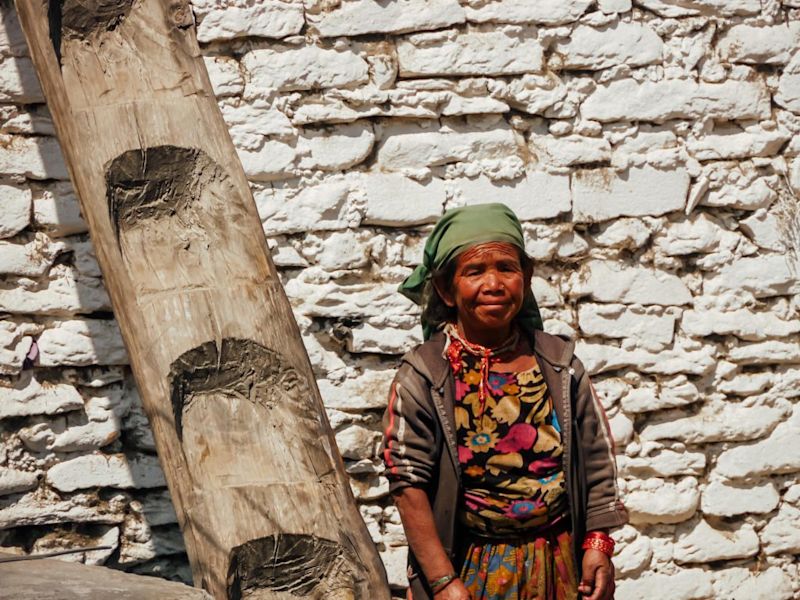
Mustang District
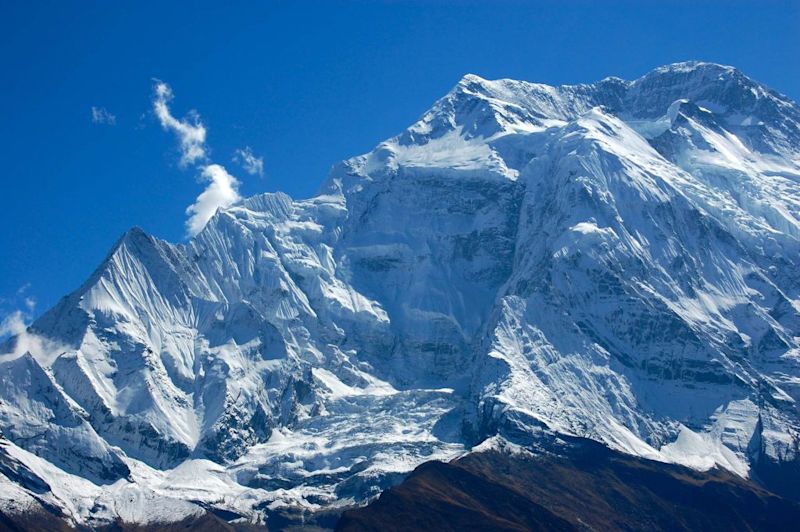
Cultural sites
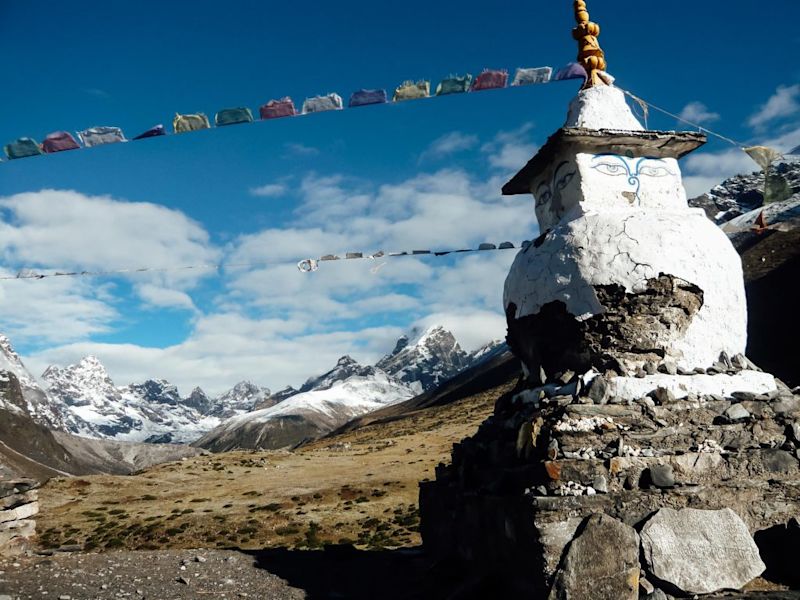
Everest Base Camp cultural attractions
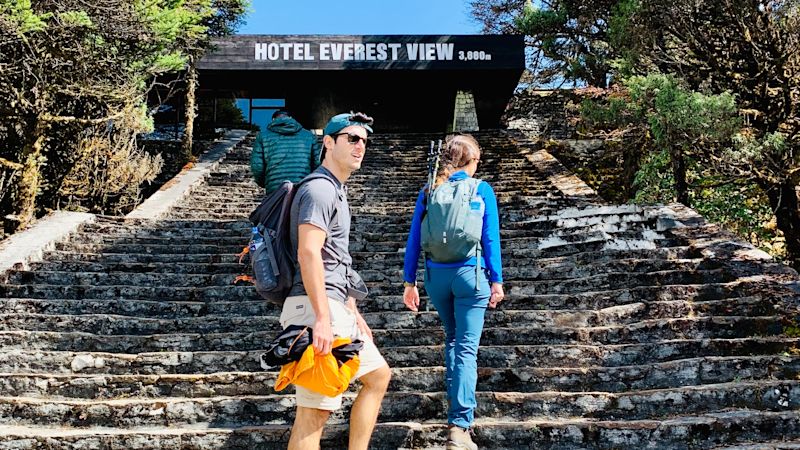

Annapurna Circuit cultural attractions

Prayer flags
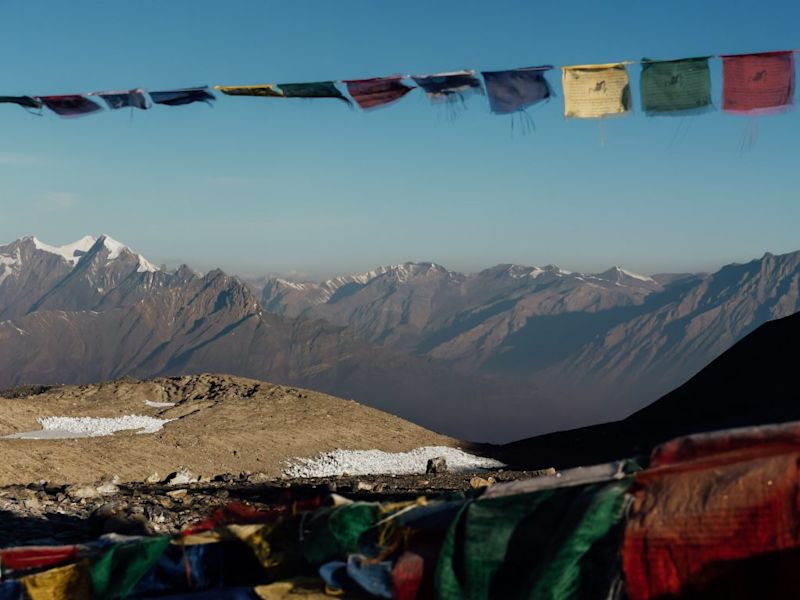
Trek route variety
The trail

Both the Annapurna Circuit and the Everest Base Camp trek have so much to offer in terms of fascinating wildlife, local culture, and religious landmarks.
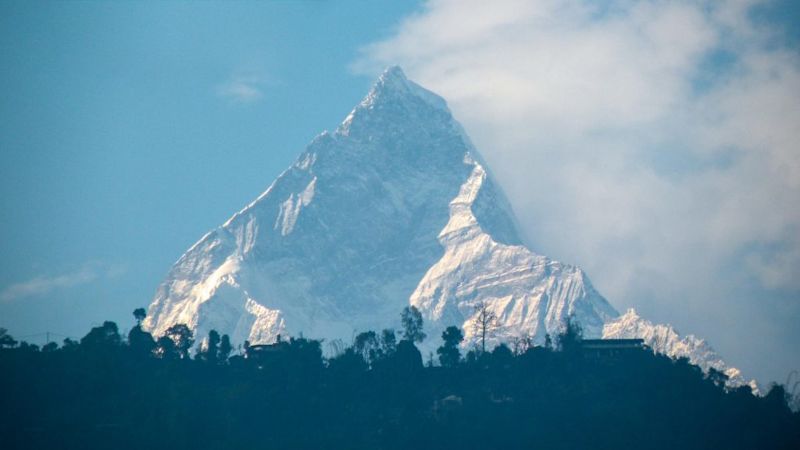
Natural features
Everest Base Camp natural features
The temperate zone of the lower Himalayas The arid mountain zone of the higher Himalayas
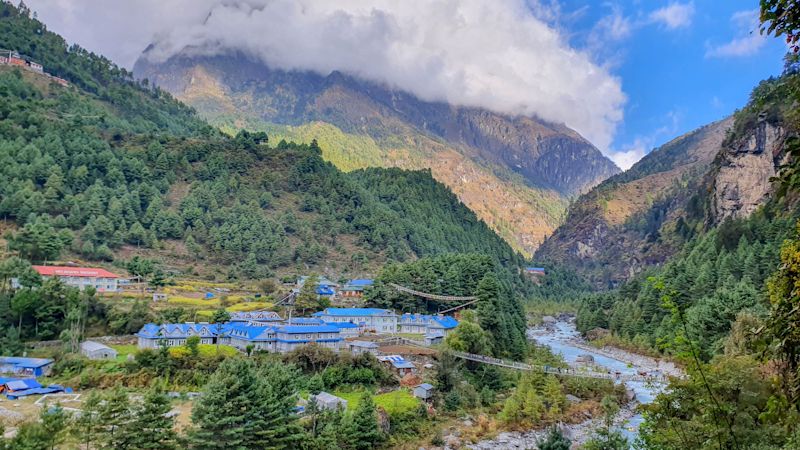
The Khumbu Glacier
The Khumbu Glacier is the world’s highest glacier.
Gokyo Lakes
The Gokyo Lakes, a World Heritage Site, is a true highlight of our EBC and Gokyo Lakes trek itinerary.
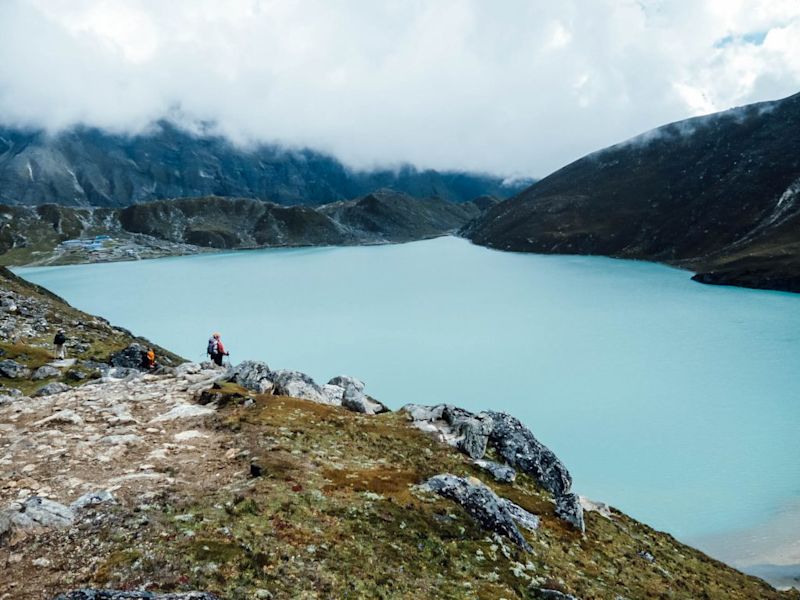
Annapurna Circuit natural features
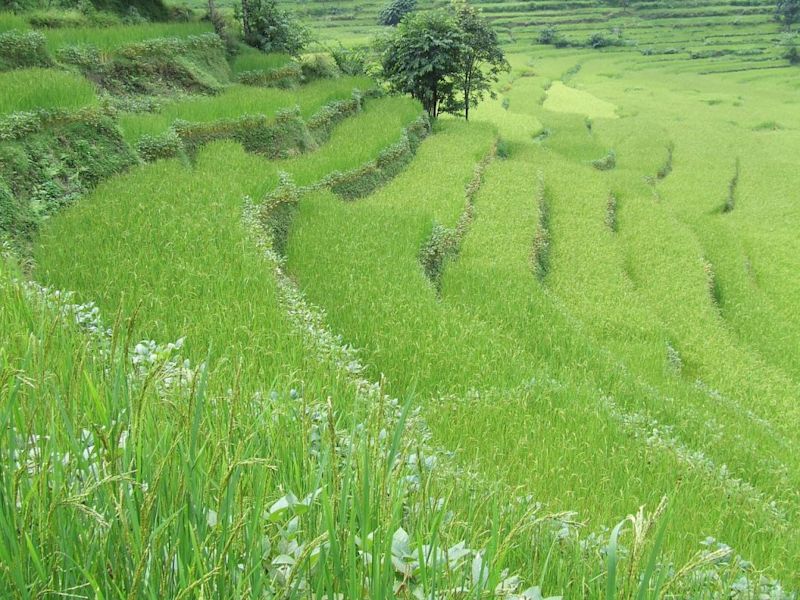
The Kali Gandaki Gorge

Wildlife
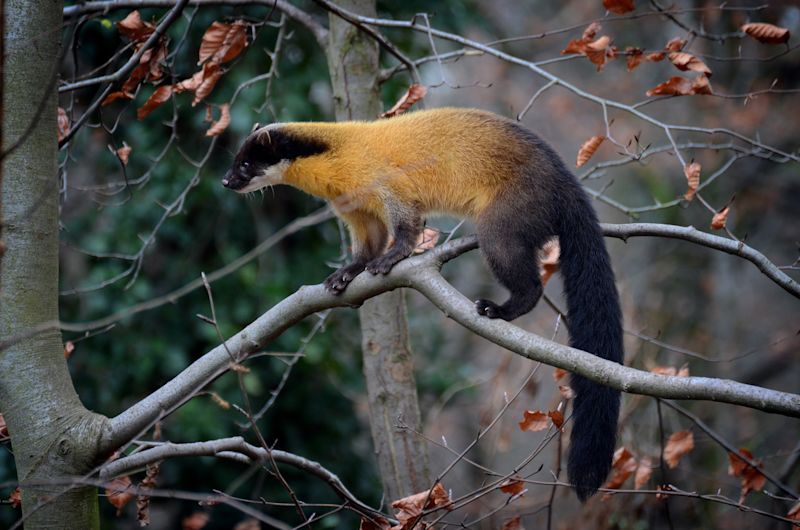
Wild animals
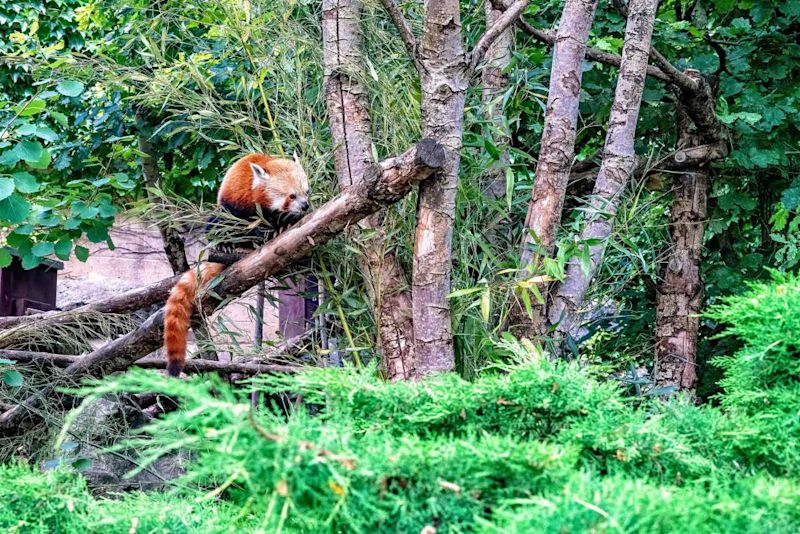
Other animals in the two regions include:
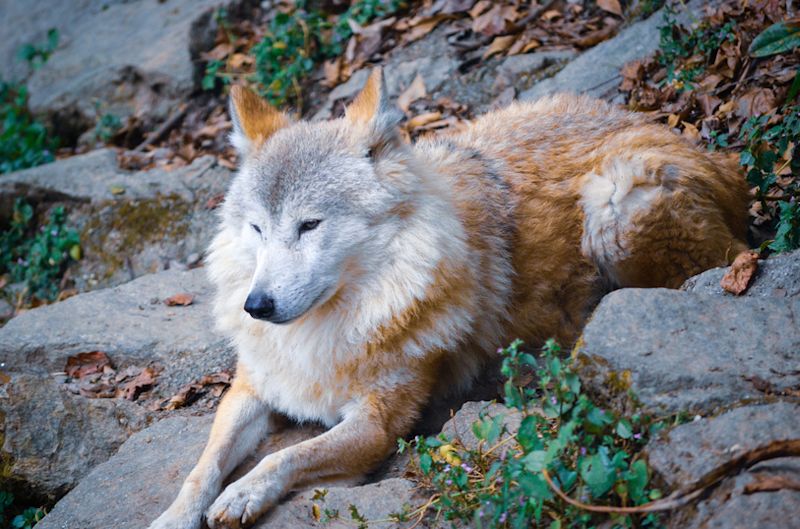
One of the perks of travelling in a group is having a local tour guide who is trained to spot wildlife.

Domesticated animals

Birds
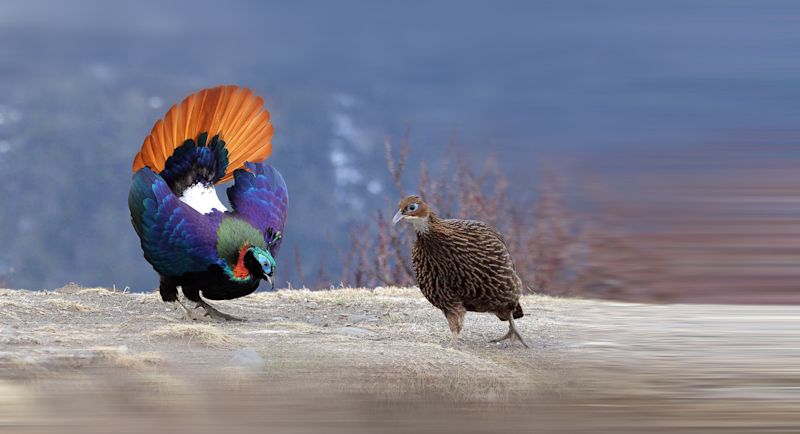
Trees, plants and flowers

Plants of the Annapurna Conservation Area
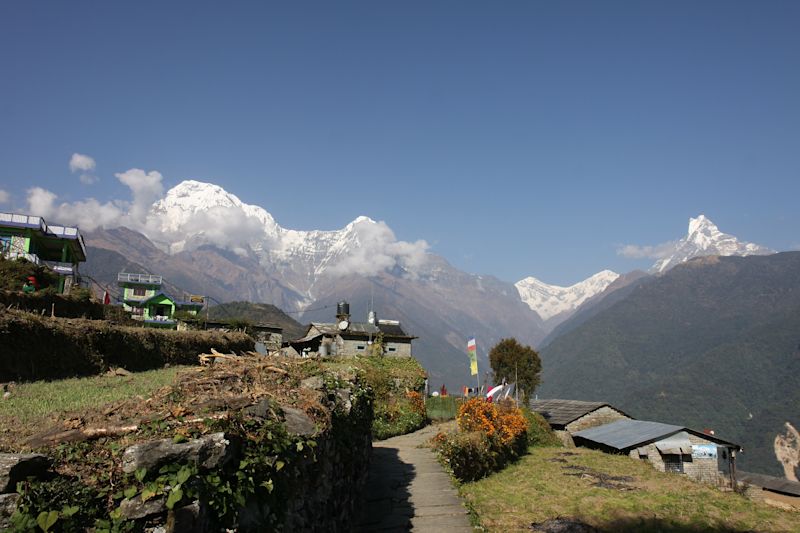
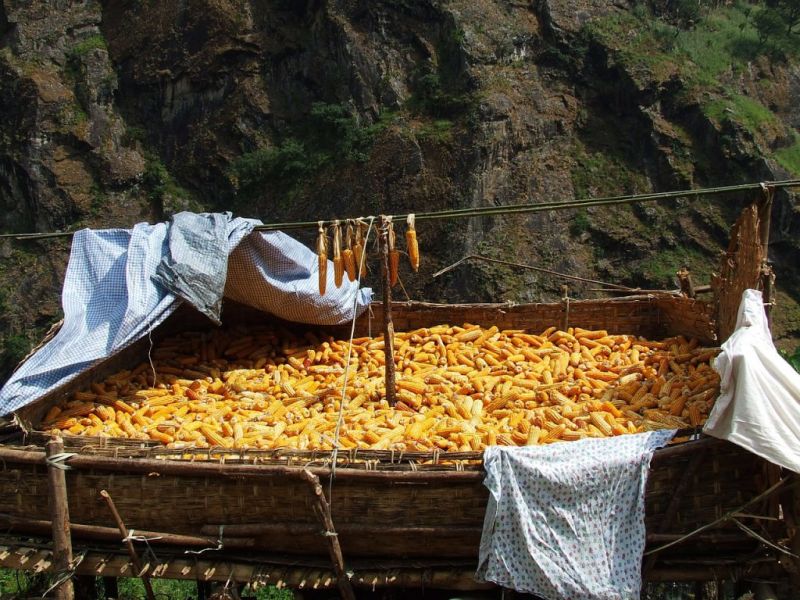
Plants along the Everest Base Camp trek
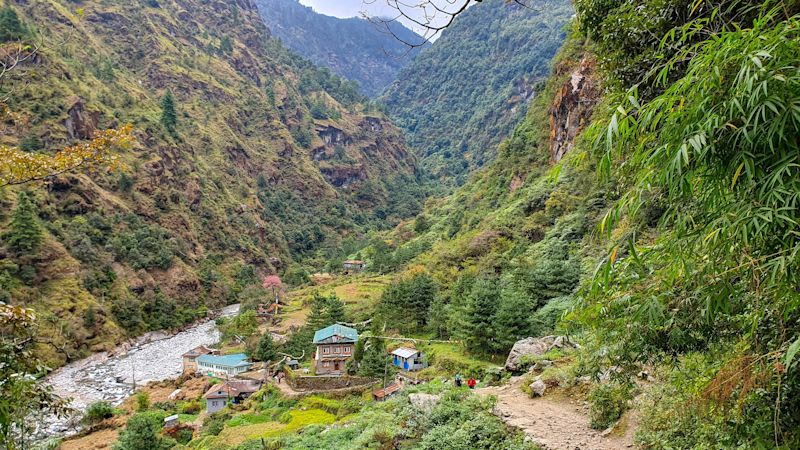
Making the choice
There's no bad decision here. If you trek to Everest Base Camp, you win. If you trek the Annapurna Circuit, you win. 😉
